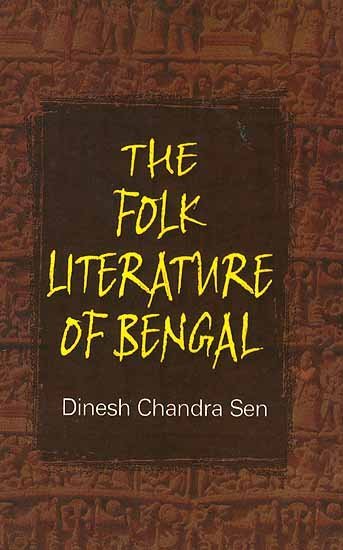Folk Tradition of Bengal (and Rabindranath Tagore)
by Joydeep Mukherjee | 2018 | 49,317 words | ISBN-10: 8186036989 | ISBN-13: 9788186036983
An English study regarding the Folk Tradition of Bengal and its influence on Rabindranath Tagore—an important Bengali polymath from the 19th century who excelled in philosophy, arts (painting), literature and music. This research tries to initiate the semantic aspect of “folk” through the help of various dictionaries....
Chapter 1.6 - Introduction of ‘Comparative Literature’
The term ‘comparative literature’ is derived from a French term ‘Litteraturee comparee’. Various contradictory perspectives gave birth to such theory as opined by Susan Bassnett. The view simply suggests that the scholars who travelled different routes of literature could not meet a definite point. Therefore, they chose the paths of literary comparison through the evolution of fresh and more developed theories.
‘Comparative literature as a branch of literary study relates or correlates between two or more literary texts. Marious Francois Guyard’s book La Litterature Comparee defines that ‘comparative literature is a branch of literary history, for it tackles the international spiritual affinities’. Later on comparative study is enriched by the colour of ‘etudes binaries’ (binary studies). Here is a contradiction, when the research takes about binary studies it excludes ‘anonymous’, ‘folkloric` and ‘collective works’, even though it is well known and accepted from the periphery of comparative literature for being impersonal.
However, Tieghem keeps a sharp distinction between what the readers call ‘general literature’ and ‘comparative literature’. By ‘general literature’ he means a text having mutual relationship rather reciprocal relation or congruency with other texts while ‘comparative literature’ means the study of two entities: two books or writers, two groups of books or writers, or two complete literatures. Nevertheless, the definition is not free from counter arguments. Critics like Remax insinuates ‘general’ and ‘comparative’ literature fall into the same category; they are similar in meaning and therefore inseparable. In 20th century the rise of other theories turned the critics from their directness to the theory. Consequently, French theorists confined themselves with the outside feature of the theory ignoring the internal aspects of the texts and other corners or loopholes. Today’s ‘comparative literature’ cannot stand alone. It invariably includes ‘theory of influence’ and ‘theory of reception’, which again include ‘theory of intertextuality’, the concept of ‘imitation’ and ‘borrowing’, ‘theory of parallelism’ and subsequent theory; the theory of ‘anxiety of influence’.
